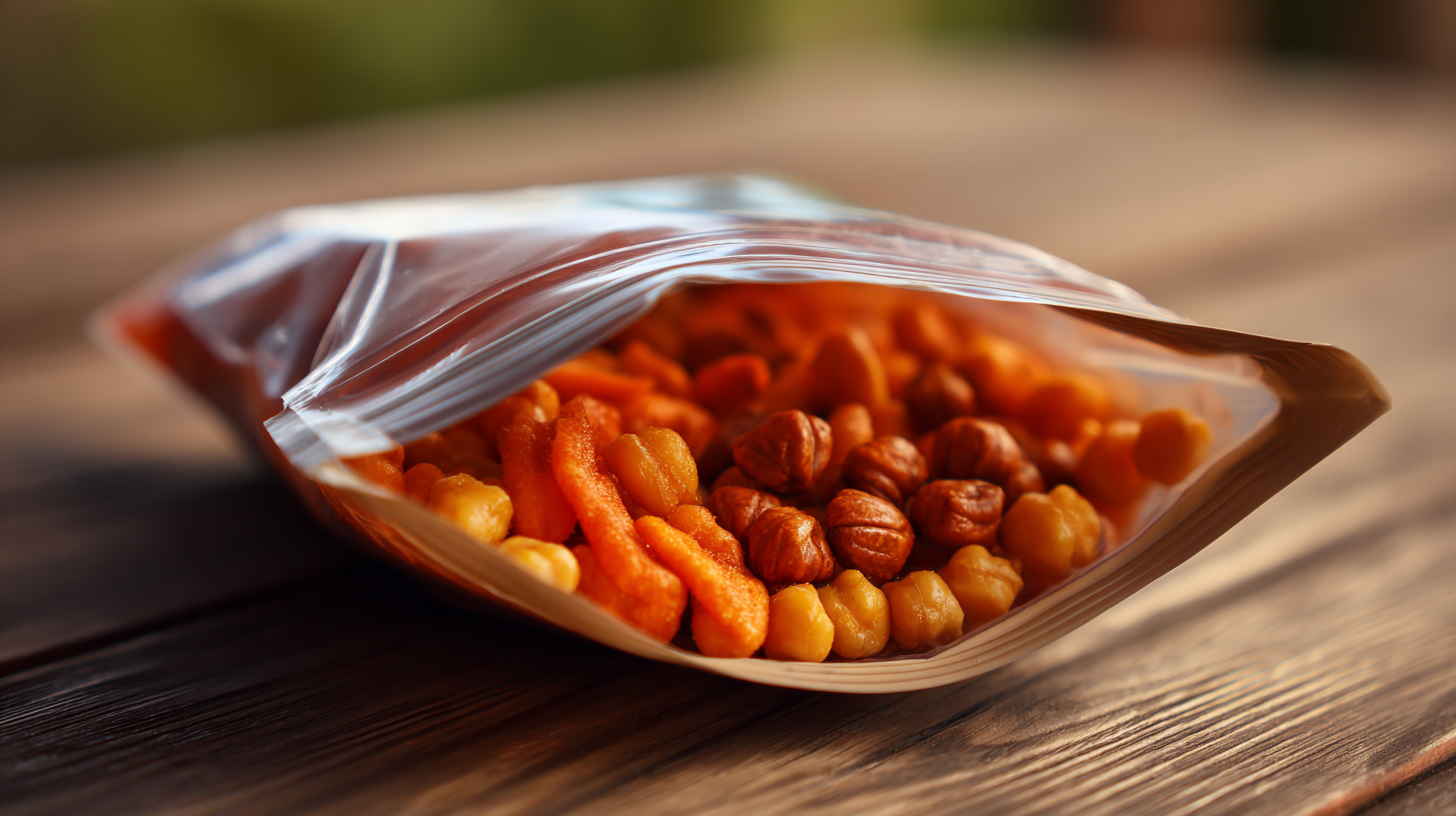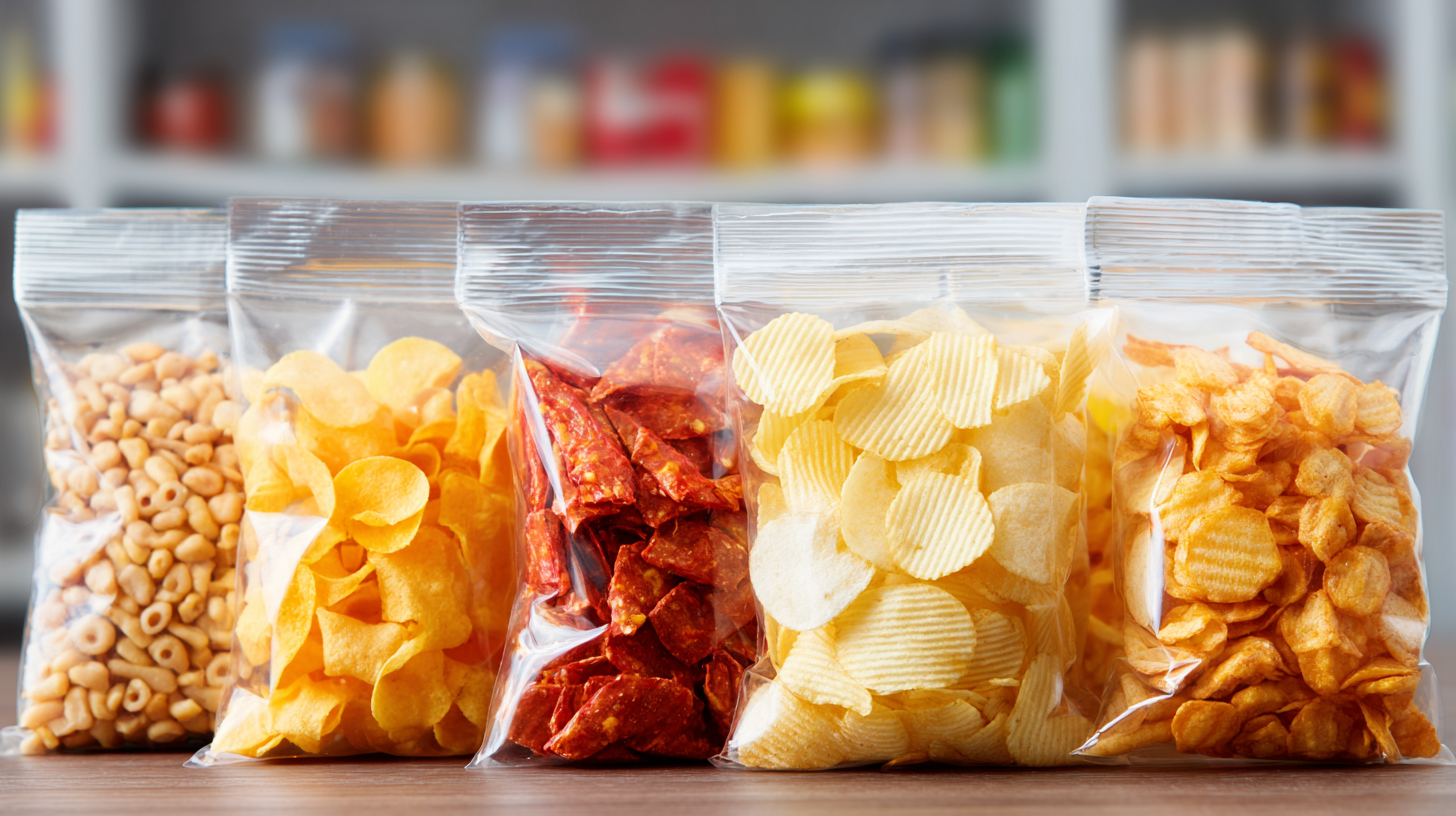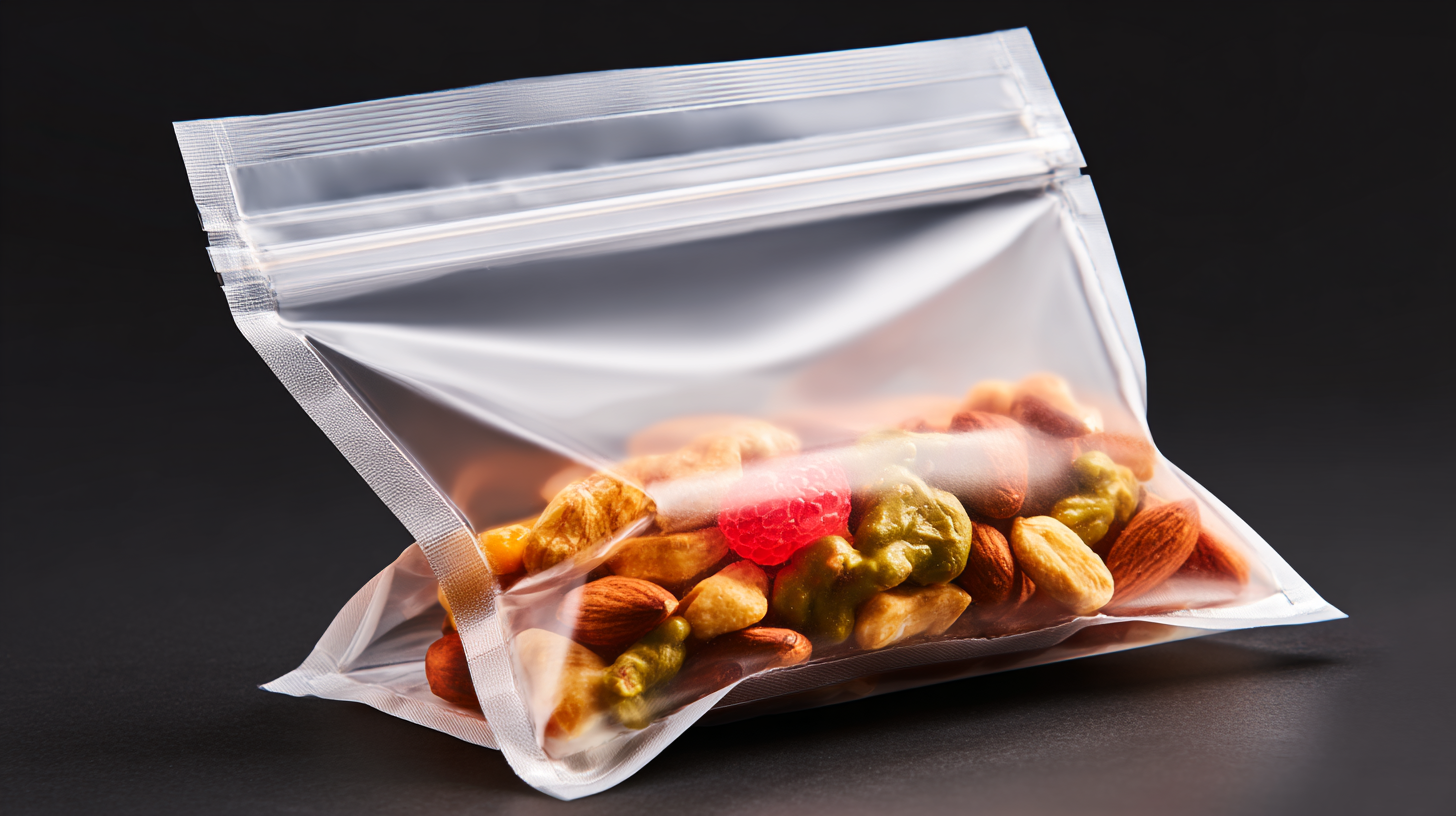How to Choose the Best Food Handle Pouch Retort Bag for Your Packaging Needs
When it comes to selecting the ideal Food Handle Pouch Retort Bag for your packaging needs, the choice can significantly impact not only the product's shelf life but also its appeal to consumers. These innovative pouches are designed to provide not only durability and food safety but also convenience during handling, making them an essential component in the food industry. Understanding the advantages of after-sales services and maintenance costs can further enhance your decision-making process. With a myriad of options available, it is crucial to evaluate various examples and features that distinguish one bag from another. This blog will guide you through the considerations necessary to choose the best Food Handle Pouch Retort Bag, ensuring that your packaging solutions meet both your operational requirements and your customers' expectations.

Understanding the Importance of Food Handle Pouch Retort Bags in Packaging
 When it comes to food packaging, the significance of using the right materials cannot be overstated. Food handle pouch retort bags are designed to withstand high temperatures, making them ideal for the retort process where food is sealed and sterilized. These bags not only ensure the safety and longevity of the food products but also help maintain their nutritional value and flavor. The robust structure of these pouches prevents leaks and contamination, which is essential for preserving food integrity during storage and transportation.
When it comes to food packaging, the significance of using the right materials cannot be overstated. Food handle pouch retort bags are designed to withstand high temperatures, making them ideal for the retort process where food is sealed and sterilized. These bags not only ensure the safety and longevity of the food products but also help maintain their nutritional value and flavor. The robust structure of these pouches prevents leaks and contamination, which is essential for preserving food integrity during storage and transportation.
In addition to their protective qualities, food handle pouch retort bags offer convenience for consumers. The built-in handles make them easy to carry and use, enhancing the overall shopping experience. Moreover, these pouches are often lightweight and space-efficient, allowing for easier storage and reduced shipping costs. As more consumers seek convenient and reliable packaging options, investing in high-quality food handle pouch retort bags can significantly impact a brand’s success in a competitive market. Understanding their importance can guide manufacturers in meeting consumer needs while ensuring their products remain safe and appealing.
Key Features to Look for When Choosing Retort Bags for Food Products
When selecting a retort bag for food packaging, it’s essential to focus on key features that ensure product safety and quality. One important aspect is the material of the bag. High-quality retort bags are typically made from multi-layer materials like nylon and polyethylene, which provide excellent barrier properties against moisture, oxygen, and light. This ensures that the food inside is preserved effectively, prolonging shelf life and maintaining flavor.
Another critical feature to consider is the size and sealing technology of the pouch. Look for bags that come in various sizes to accommodate different food products. Proper sealing is crucial, as it prevents leakage and contamination. Heat sealing is preferred for durability, creating a strong bond that can withstand the pressures of the retort process.
Tips: Always check for certifications and compliance with food safety standards when choosing a retort bag. Additionally, consider the ease of use; bags with a stand-up design can enhance visibility and storage efficiency. Lastly, opt for pouches that are compatible with your cooking method to ensure optimal results during the heating process.
Navigating Import and Export Certification for Food Packaging Materials
Navigating the import and export certification for food packaging materials is crucial for businesses wanting to meet regulatory standards. With food safety consistently at the forefront, organizations must understand the requirements imposed by various regulating authorities in their target markets. For instance, in India, recent updates from the FSSAI highlight stringent import procedures that food packaging must adhere to, ensuring compliance with safety and quality standards. Similar regulations exist in China, where understanding the complex food and beverage certification system is vital for safeguarding the quality of imported products.
Moreover, as the global marketplace evolves, so too do the tariffs and logistical considerations. For Canadian businesses, staying abreast of tariff changes is essential. The rapid transformation in trade policies means that businesses must proactively seek information regarding duties and certifications that can affect their import-export strategies. Effective navigation of these regulations not only ensures compliance but also enhances market opportunities. According to reports, the ability to adapt to these regulatory environments, particularly in the food packaging sector, can significantly impact a company's success in international trade.

Comparative Analysis of Various Retort Bag Brands and Their Certifications
When choosing the best food handle pouch retort bag for your packaging needs, it’s crucial to consider not only the quality of the bags themselves but also the certifications that various brands carry. A recent industry report highlights that the global retort pouch market is poised for significant growth, projected to reach USD 5.59 billion by 2024 and expanding at a CAGR of 6.4% from 2025 to 2034. This increasing market value indicates a rising demand for reliable, quality packaging solutions that ensure food safety and longevity.
Different brands in the retort bag sector have various certifications that can reflect their adherence to safety and quality standards. For instance, some bags may be certified for high barrier protection, which is essential for preserving the freshness and integrity of packaged foods. However, it's worth noting concerns that have arisen from recent tests indicating the presence of harmful chemicals in some plastic products. Ensuring that the brand you select not only offers certified safe packaging but also complies with health regulations will be vital for consumers prioritizing both food safety and environmental health as the market continues to grow.
Best Practices for Ensuring Compliance with Food Packaging Regulations
When selecting a food handle pouch retort bag for your packaging needs, it’s crucial to ensure compliance with food packaging regulations. These regulations vary by region, but generally encompass safety, labeling, and material standards. First and foremost, familiarize yourself with the specific guidelines set by your local food safety authority. This may involve understanding acceptable materials that can contact food, ensuring that bags can withstand high temperatures without leaching harmful substances, and confirming that the packaging maintains the integrity and quality of the food inside.
Additionally, conducting thorough testing and quality control checks is essential. Before mass production, prototype your packaging and run tests to assess its performance under various conditions. This includes simulating the retort process to verify that the pouch can handle temperature and pressure without compromise. Additionally, consider obtaining certifications from recognized organizations to reinforce your commitment to safety and compliance. By adhering to best practices and regulatory standards, you not only protect consumer health but also bolster your brand's reputation in the competitive food industry.

 中国
中国